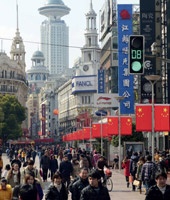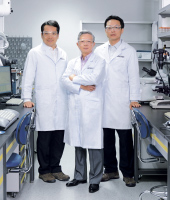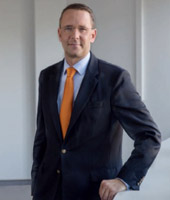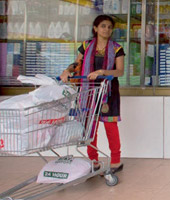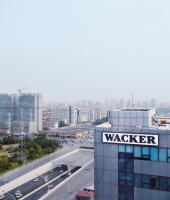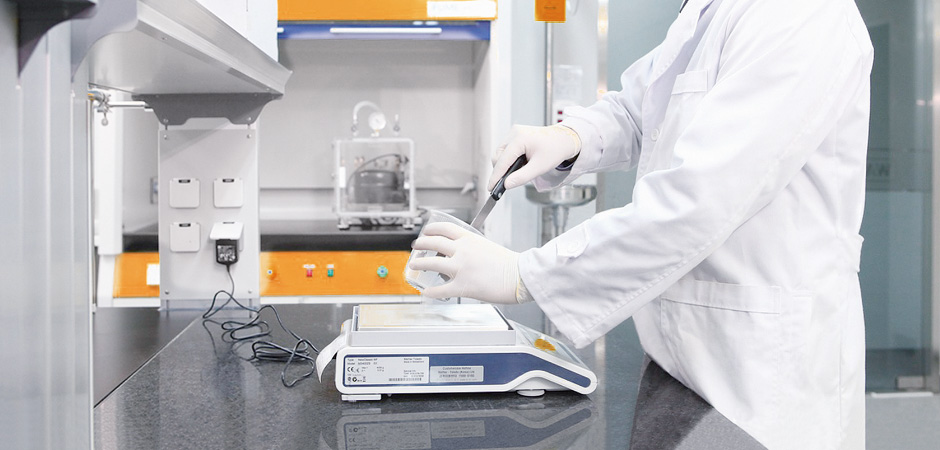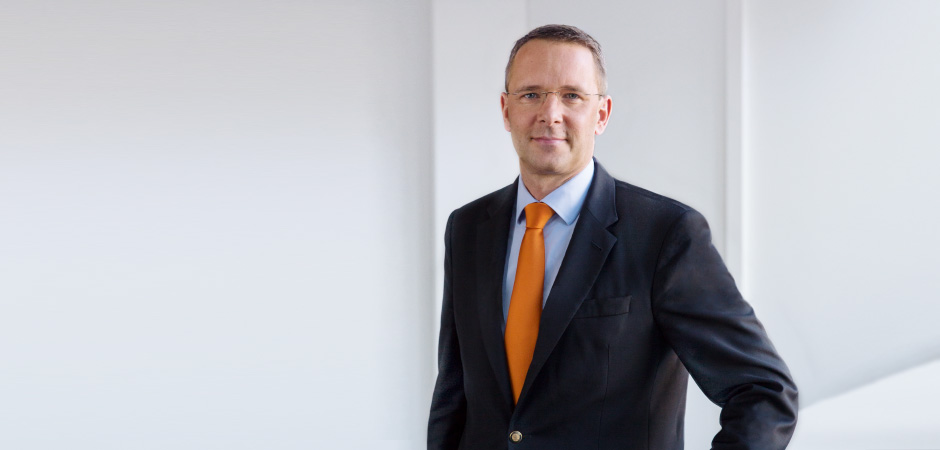A Local Presence Is Key to Market Access, Particularly in Asia
Dr. Christian Hartel is president of WACKER SILICONES. One year ago, the division started a concentrated expansion of its activities in Asia. In this interview, Dr. Hartel discusses the first successes – and the steps that are to follow.
Dr. Hartel, how will the silicone business continue to grow?
Over recent years, we have invested a great deal in our upstream production capacities, chiefly for siloxane, which is our key intermediate. Now, the priority is to utilize these capacities efficiently by bringing local facilities for manufacturing downstream products on stream, that is to say to continue the growth with our end products. The core of our strategy is to expand our business with specialties in a targeted way not only in Asia, but in other markets as well. We want to improve our value creation per silicon atom. To achieve this, we are simultaneously optimizing our global production network.
What is WACKER SILICONES’ current standing in Asia?
WACKER has established itself as the world’s number two in silicones in recent years. We haven’t achieved this position in Asia yet, so we can see a good deal of scope for our business to grow here. In some Southeast Asian countries such as Thailand and Vietnam, but in highly populated India as well, silicone products are much less widely used in everyday life than in Europe or the USA. We have therefore quite deliberately built up a business team specifically for Asia – like the one we have had in China for five years.
What will this change?
We have a stronger presence in the region and can respond faster. To successfully capture these markets, we simply need to act more rapidly than we could ever do operating exclusively from Europe. It is important to have experts on the spot and to understand how the markets tick. That allows us to develop the right products and build up local channels to our customers. Our chief priority, market access, in particular, is only possible from a local base.
Why?
Because the technical requirements are often different. In the past, it was tough for us with our European viewpoint. For example, our colleagues from India know much better than us what characteristics products need to sell well in India and Southeast Asia. It is not always a matter of just find ing the best technical solution. What is important is to quickly satisfy customers’ demands by working closely with them, and ultimately to earn money.
“We have to understand how the markets tick.”
Dr. Christian Hartel,
president of WACKER SILICONES.
What implications does that have for organizational structures?
In Asia, we have now been operating with five new business teams since early 2013. The team for textile applications and consumer care is based in Mumbai, because our greatest expertise in these sectors is located there. We support business with silicone cartridges from South Korea, where we also have our own cartridge production. Elastomers are lo cated in Singapore. The business teams there take care of marketing, customer service and the development of new products in Asia. Our colleagues are eager to take on more responsibility for business than has been the case so far.
And China?
China is a special case, as it is our biggest and most important market in Asia. We are reckoning on the Chinese silicone market outperforming our domestic market in Europe by 2020. We have therefore already strongly expanded our production, sales and local development there.
How is knowledge transferred to Asia?
We have two new teams that help us – global product development and global business development. Their task is to build up our know-how and expertise in Asia and advance global exchange, in other words communication. In an ideal case, our applications engineer in Asia will contact his colleague in the USA, who is an expert in a particular application. In reality, it is sometimes the case that colleagues don’t know whom to call. With these two teams, we want to change that in future in order to develop more into a global network of experts.
How is the regional structure changing global business?
This can be very clearly illustrated with the example of India. Here, we have long had a market presence, with a joint venture and a strong local team. We have succeeded in developing silicones for applications in Indian personal-care products (shampoos and conditioners) of a multinational consumer goods manufacturer. Previously, we had no business relationships at all with this company. Now we manufacture globally for it in China, India, Germany and Brazil. This local partnership has flourished into a global business.
